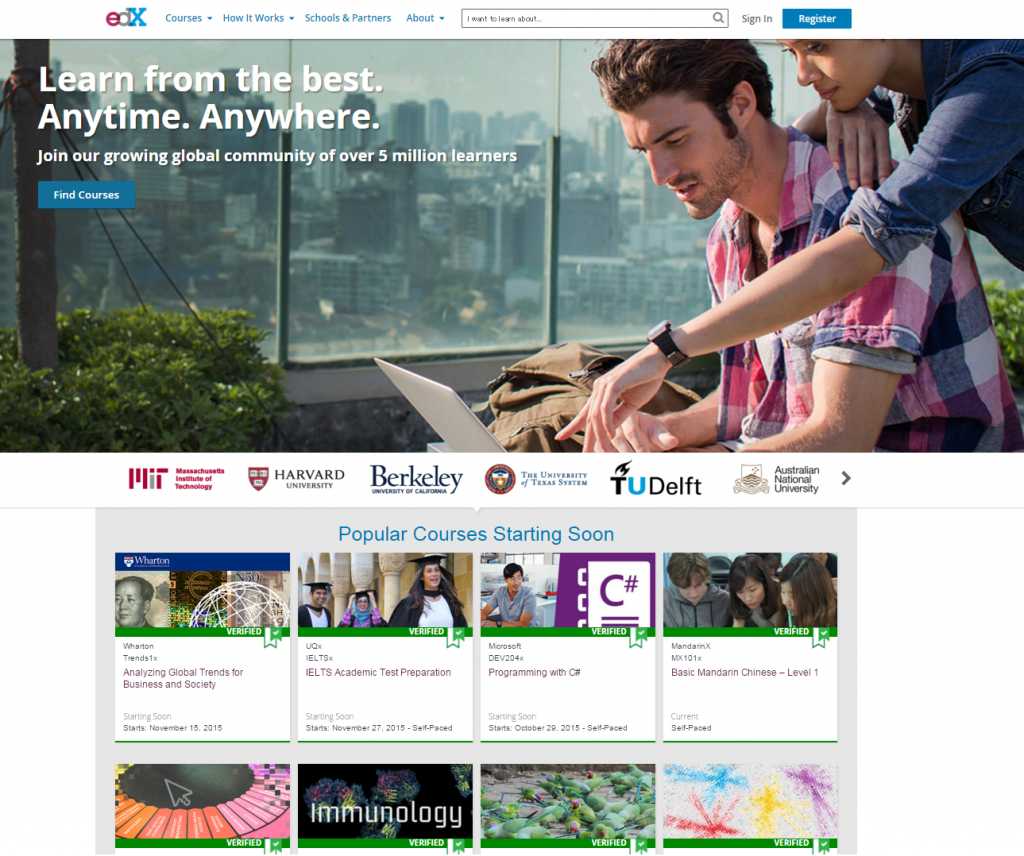A new wonder, not just the 18-year-old population decline, hits Japanese universities
"Current Status of University Reform and Its Whereabouts Part 1"Now, I touched on the impact of changes in the domestic 18-year-old population on universities.The university market is greatly influenced by the dynamics of the 18-year-old population and the university enrollment rate.
First of all, as for private universities in Japan, only 4% of large universities (23 schools) have acquired 45% of all applicants, and the remaining 55% of applicants are 96% of small and medium-sized universities. He introduced that it is an oligopolistic market situation where universities (556 schools) are competing for each other.
Next, we simulated the impact of the decline in the domestic 2018-year-old population after 18 on universities.The expected decrease in the 18-year-old population will decrease to the extent that 2025 universities with a small enrollment capacity disappear in 287, 2031 in 378, and 2045 in 500. do.He mentioned that in 2100, more than 556 universities would disappear, and the number of private universities in Japan would drop to less than 20.
In "Current Situation of University Reform and Its Whereabouts, Part 2", I would like to touch on the external pressure to promote the selection of domestic universities, not just the decline in the 18-year-old population.
[1] New external pressure to accelerate university selection Part 1 “INTERNET EDUCATION”
When asked about the general way of learning university education, people assume the way of learning that they experienced when they were students.It is the image of going to university, taking a one-way lecture in a large classroom, and studying in a seminar or a laboratory.
However, the evolution of science and technology in recent years has expanded the possibilities of various learning.
First, there is the evolution of MOOCs (Massive Open Online Courses), which are INTERNET EDUCATIONs represented by Udacity, Coursera, edX, The Open University, and Khan Academy.
Lectures by top faculty members from world-class universities can be taken free of charge via the WEB, and a certificate of completion is issued (often charged).Today, about 2,000 million people are learning around the world.Also, recently, if you take all the MOOCs that are open to the public for free and pay the tuition fee, you will be able to earn credits. The number of universities that can earn credits and degrees in courses is increasing. Education utilizing INTERNET EDUCATION is spreading all over the world at a rapid speed.
Launched in 2012 by Harvard University and MIT with an investment of 50 billion yen, edX is a MOOCs where you can take university classes for free.In the first year, there were more than 15 applications from all over the world, and in the first interim examination, the 160-year-old Mongolian student achieved the highest grade among students from 16 countries around the world.what does this mean.Since the tuition fee is free, you can take university lectures anywhere and anytime as long as you have a web environment and English proficiency.Therefore, it means that even young people in developing countries who do not have a higher education institution in their own country or have no higher education institution within the reach can receive world-class higher education if they are motivated.

